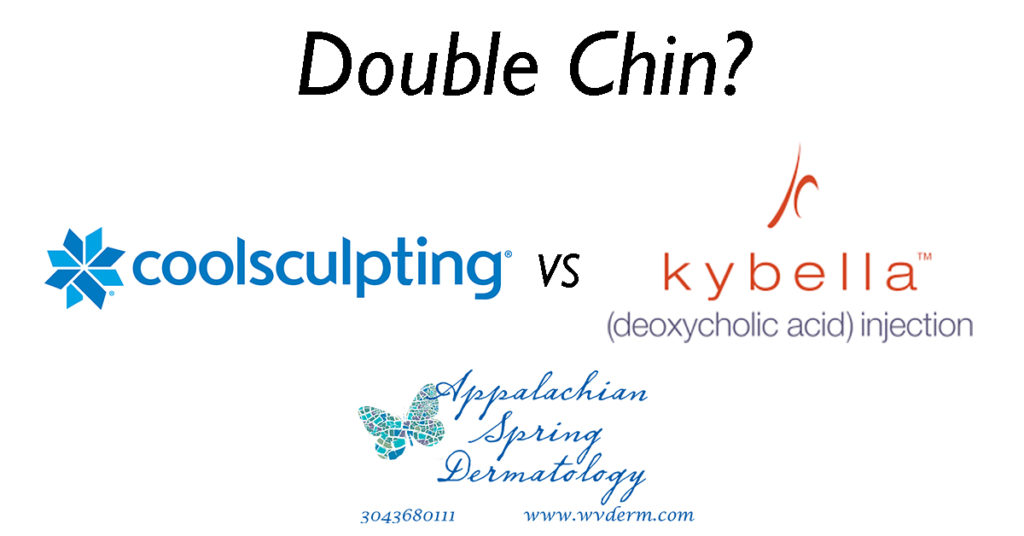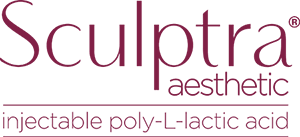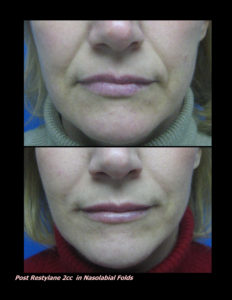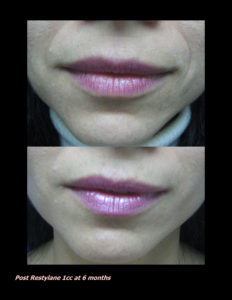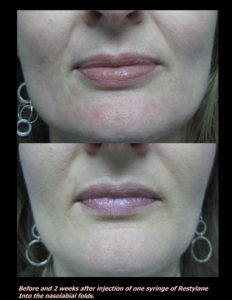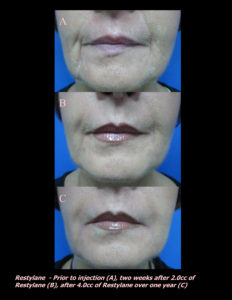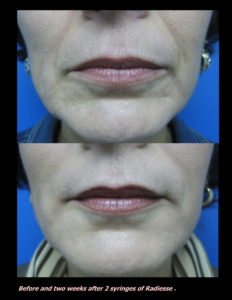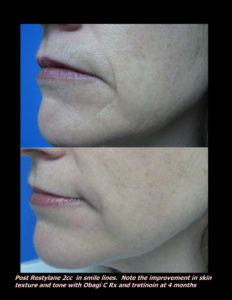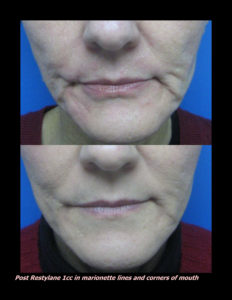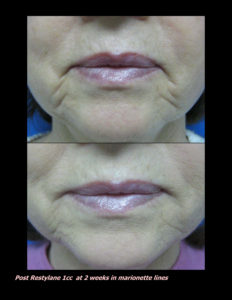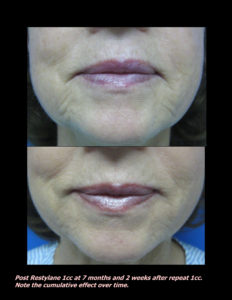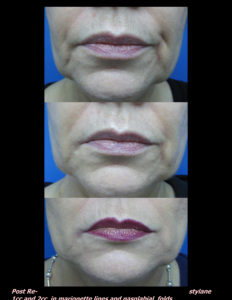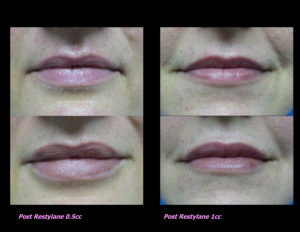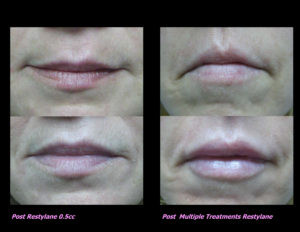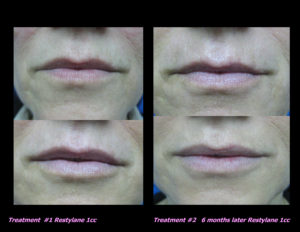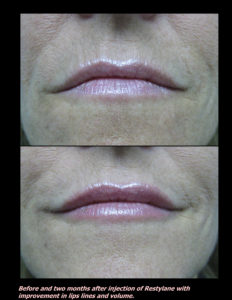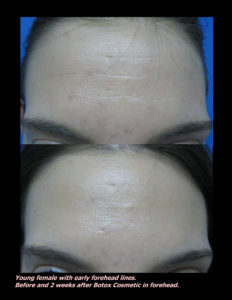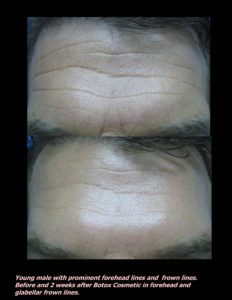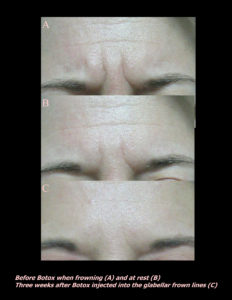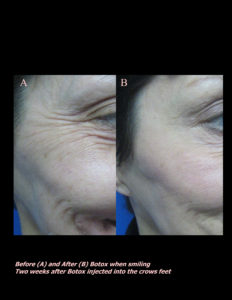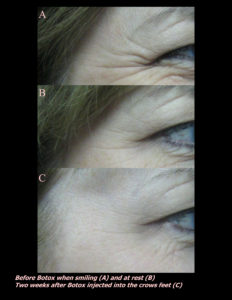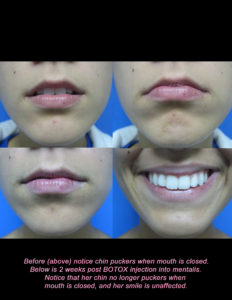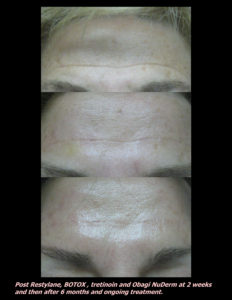Recent reports of benzene, a known health hazard, in over the counter (OTC) benzoyl peroxide (BPO) products has many acne patients confused and concerned. I’m here to try to help answer your questions. What is benzene? Is it a really big concern? Should I stop my BPO containing products? What can I use in its place?
Exploring this recent concern left me investigating more and more into this issue, so I will divide this article into a few parts over the next few weeks. This is part one of three.
What is Benzoyl Peroxide (BPO) and how is it used? Benzoyl peroxide is commonly used in OTC and some prescription skin care products. It is used to treat acne both by killing acne bacteria, breaking down dead skin that clogs pores, and by working as an anti-inflammatory agent. Many years ago, almost all BPO containing skin care washes moved from prescriptions to OTC. However, topical prescription leave on treatments often contain BPO as well. BPO is often combined with other oral and topical antibiotics for acne, because studies have shown that using products in combination reduces the likelihood of developing bacterial resistance.
To be honest, I didn’t know much about benzene off the top of my head. Most of the information I am sharing here comes from literature searches. I found one publication to be particularly helpful and have quoted it several times below. You can download it yourself at https://www.atsdr.cdc.gov/ToxProfiles/tp3-c1-b.pdf
What is Benzene? Benzene is a chemical widely used in manufacturing lots of products including detergents, dyes, plastics and lubricants, as well as gasoline and cigarette smoke. We are exposed to Benzene in many ways including in the air we breathe every day.
How does benzene affect our body? Once benzene enters our system, through breathing, ingesting, or on the skin, it is absorbed in the bloodstream. Once in the bloodstream, benzene can be stored in the bone marrow or fat or processed in the liver. Once benzene is metabolized by the liver, most benzene leaves our body within 48 hours of exposure. Because benzene is stored in the bone marrow, the long-term risk for exposure is development of Leukemia.
Benzene exposure and contamination is expressed in parts per million (ppm) and parts per billion (ppb).
“Brief exposure (5–10 minutes) to very high levels of benzene in air (10,000–20,000 ppm) can result in death. Lower levels (700–3,000 ppm) can cause drowsiness, dizziness, rapid heart rate, headaches, tremors, confusion, and unconsciousness. In most cases, people will stop feeling these effects when they are no longer exposed and begin to breathe fresh air. Eating foods or drinking liquids containing high levels of benzene can cause vomiting, irritation of the stomach, dizziness, sleepiness, convulsions, rapid heart rate, coma, and death. The health effects that may result from eating foods or drinking liquids containing lower levels of benzene are not known. If you spill benzene on your skin, it may cause redness and sores. Benzene in your eyes may cause general irritation and damage to your cornea.”
How much benzene is too much? Again, benzene exposure and contamination is expressed in parts per million (ppm) and parts per billion (ppb). The average individual’s highest risk of benzene exposure is through smoking and secondhand smoke. Average cigarette smoke can contain 35-70ppm. The FDA allows there to be 2ppm in skin care products.
“EPA has set 5 ppb as the maximum permissible level of benzene in drinking water. EPA has set a goal of 0 ppb for benzene in drinking water and in water such as rivers and lakes because benzene can cause leukemia. EPA estimates that 10 ppb benzene in drinking water that is consumed regularly or exposure to 0.4 ppb in air over a lifetime could cause a risk of one additional cancer case for every 100,000 exposed persons. EPA recommends 200 ppb as the maximum permissible level of benzene in water for short-term exposures (10 days) for children.” https://www.atsdr.cdc.gov/ToxProfiles/tp3-c1-b.pdf
“OSHA regulates levels of benzene in the workplace. The maximum allowable amount of benzene in workroom air during an 8-hour workday, 40-hour workweek is 1 ppm. Because benzene can cancer, NIOSH recommends that all workers wear special breathing equipment when they are likely to be exposed to benzene at levels exceeding the recommended (8-hour) exposure limit of 0.1 ppm.”
Now that we have learned a lot about benzene, in part two of this article we will learn more about the new recent reports of benzene in BPO containing products.
If you know someone who may find this article helpful, please share it with them! Follow us on social media this week, and subscribe to our growing YouTube channel! If you would like to receive these posts in your email inbox, Subscribe to our Site.



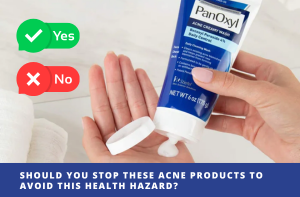


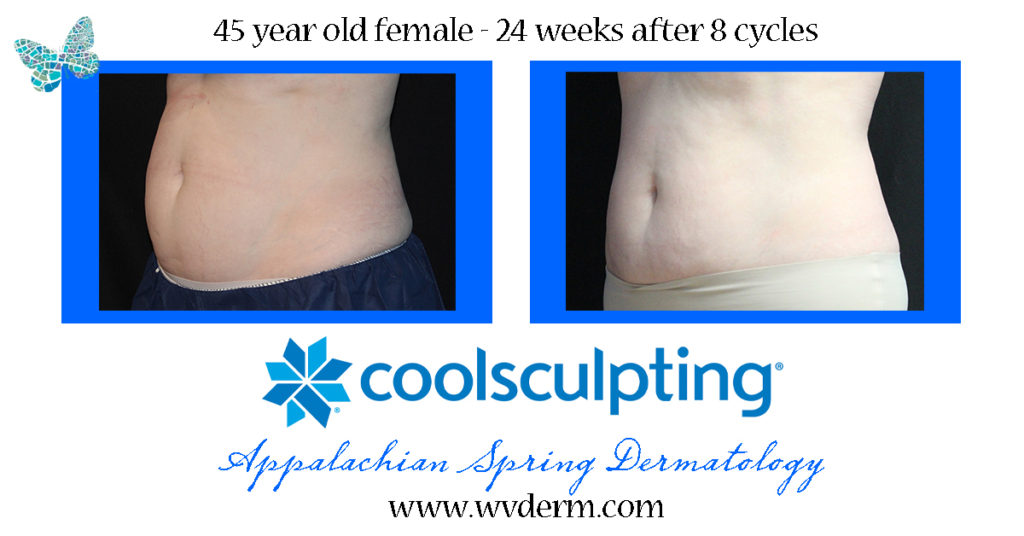






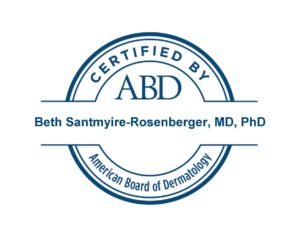

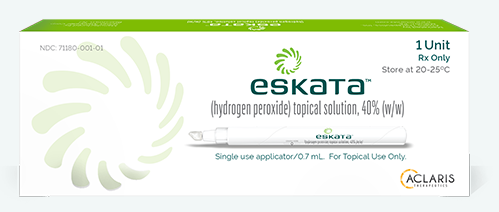

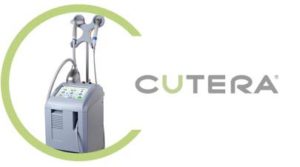 Laser Vein Reduction Treatments
Laser Vein Reduction Treatments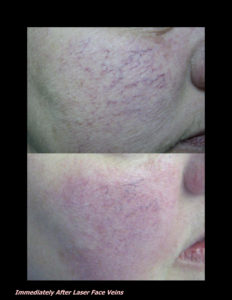
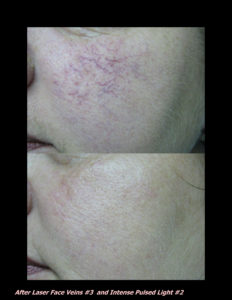
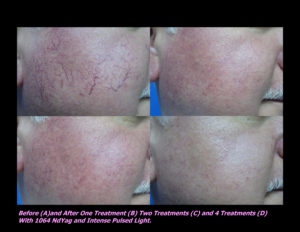
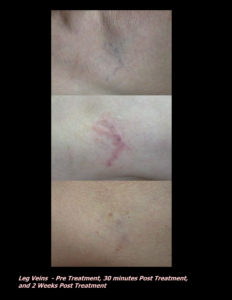
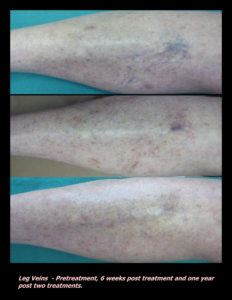
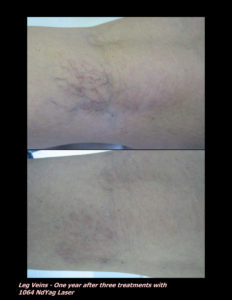
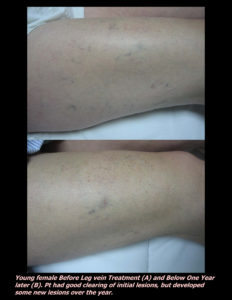
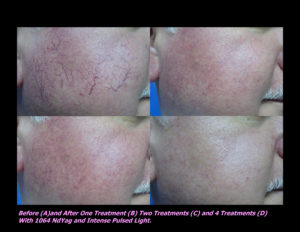
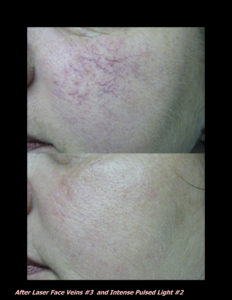

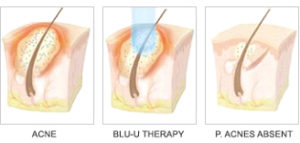
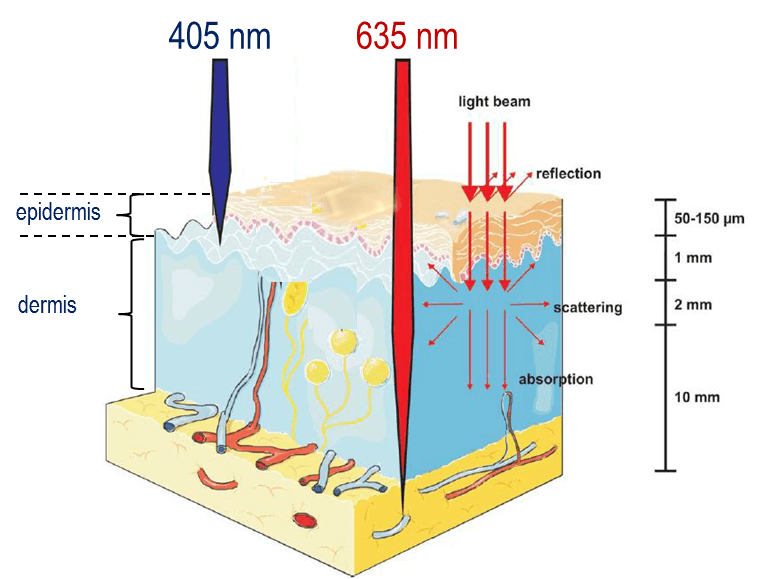
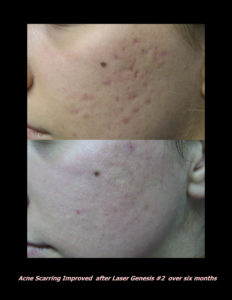
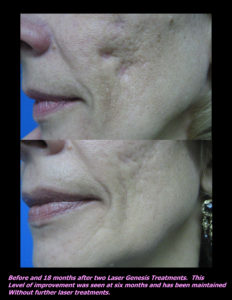


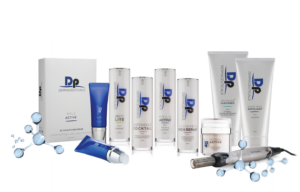 DP Dermaceutical Products
DP Dermaceutical Products